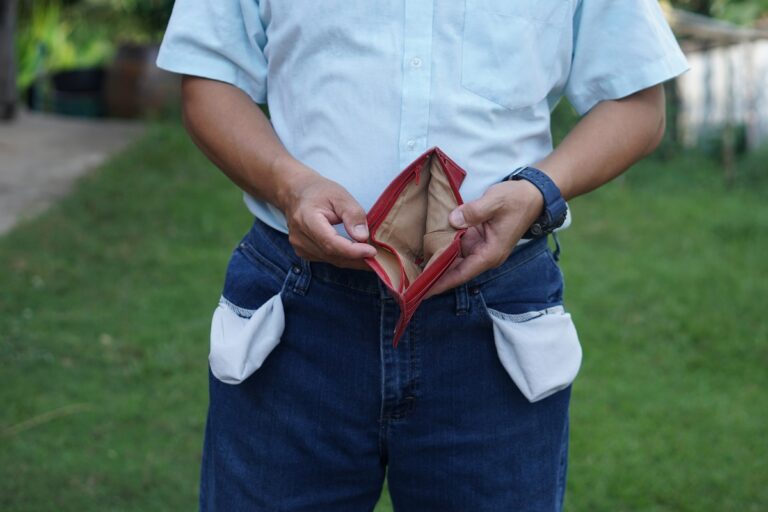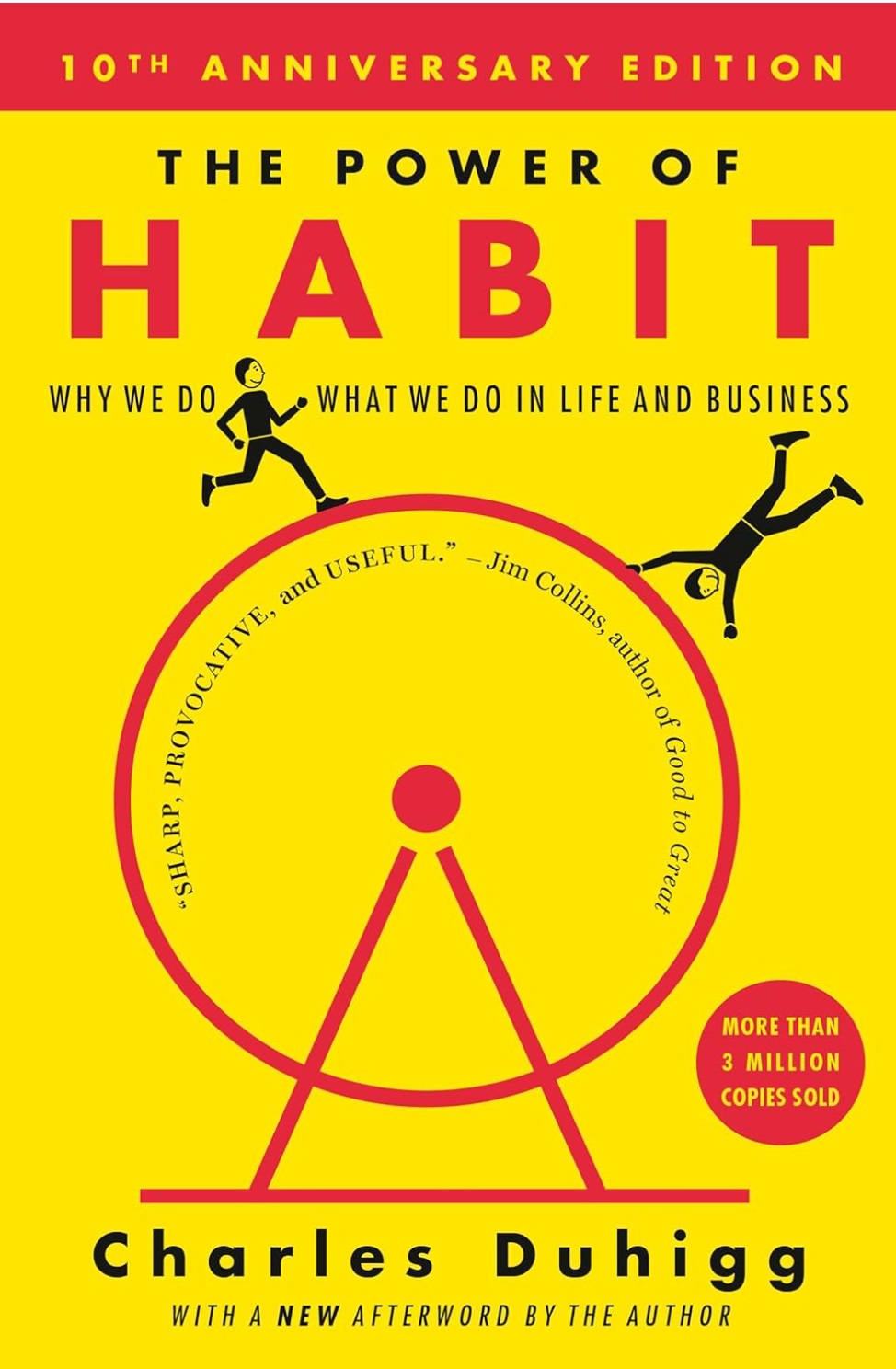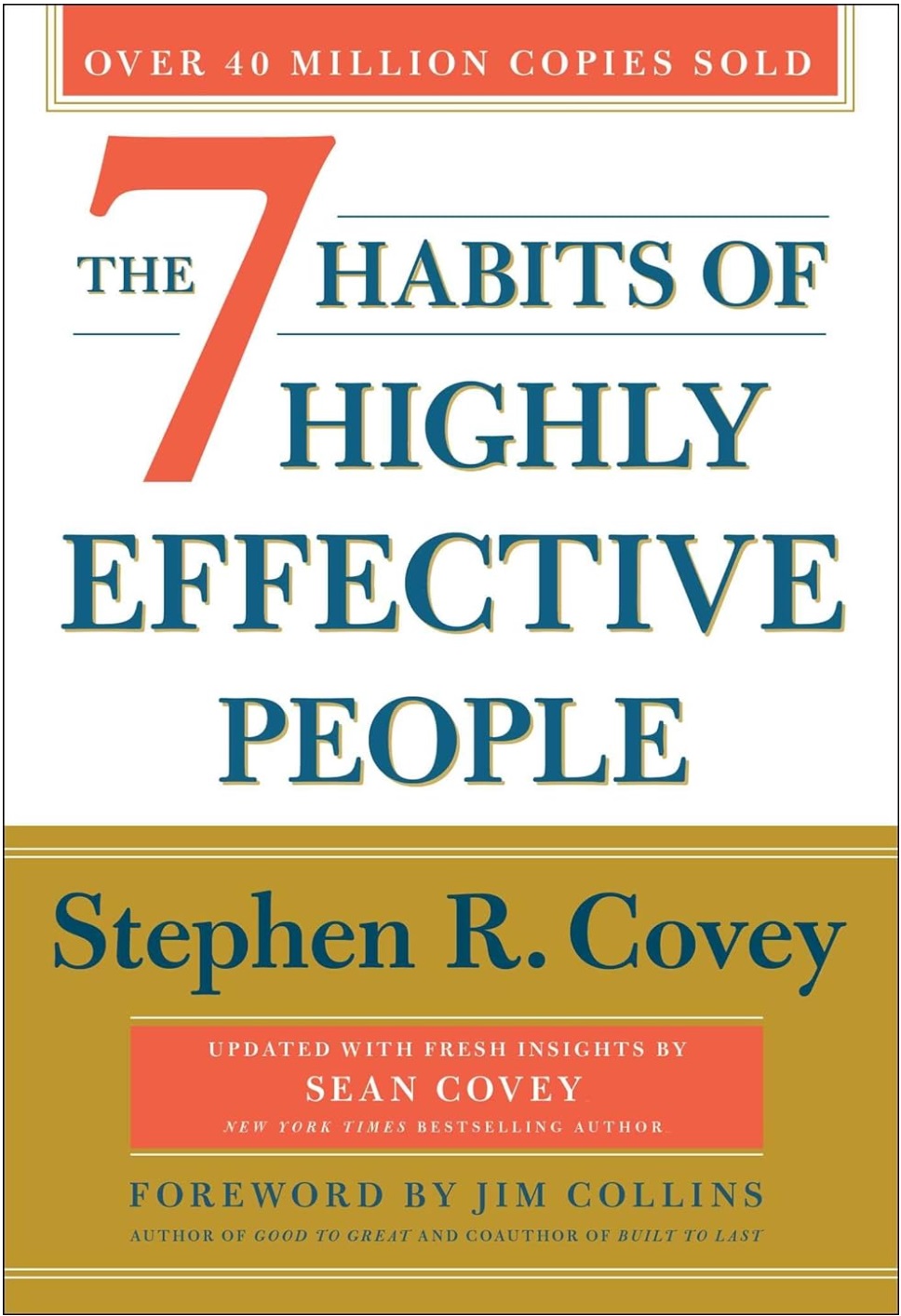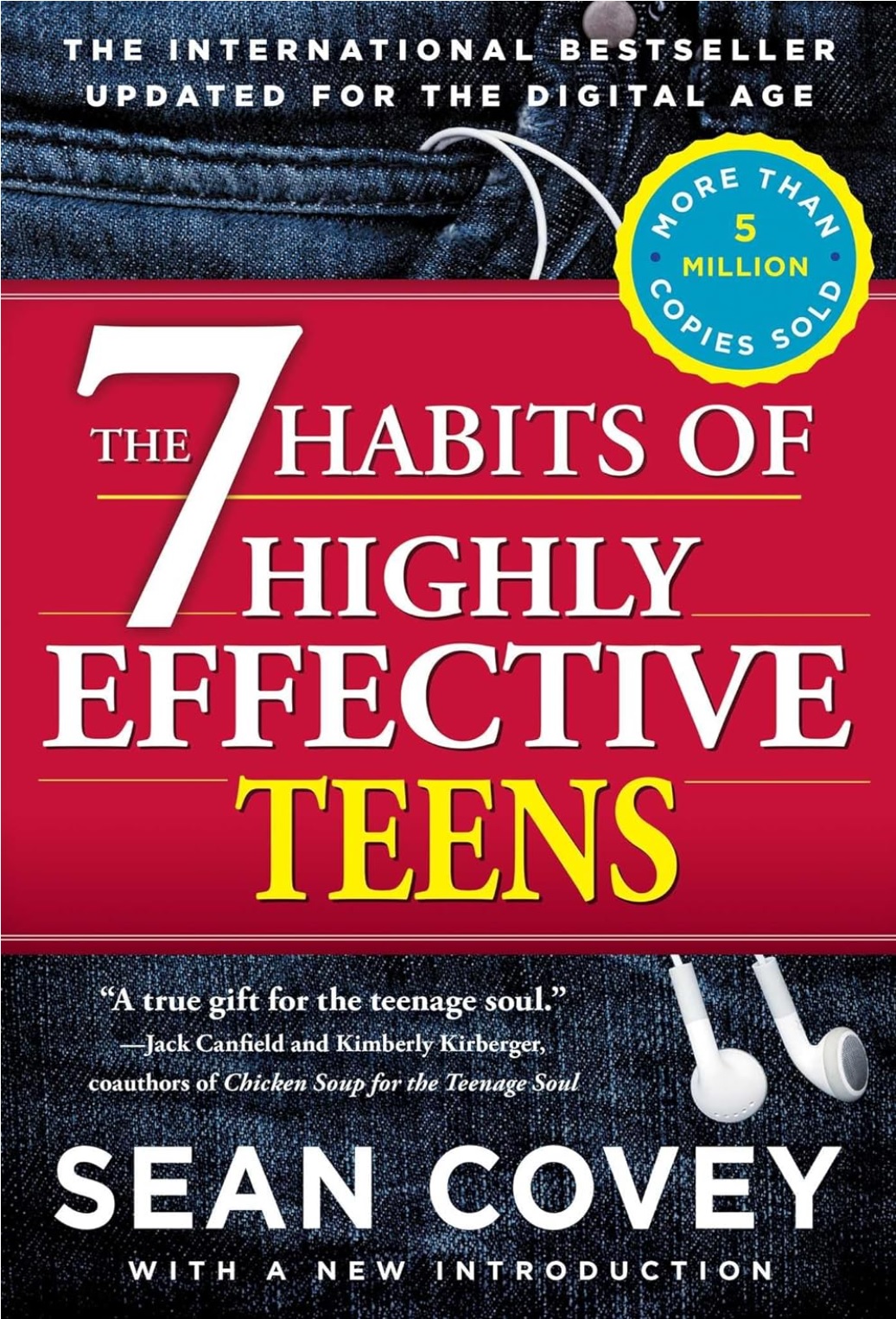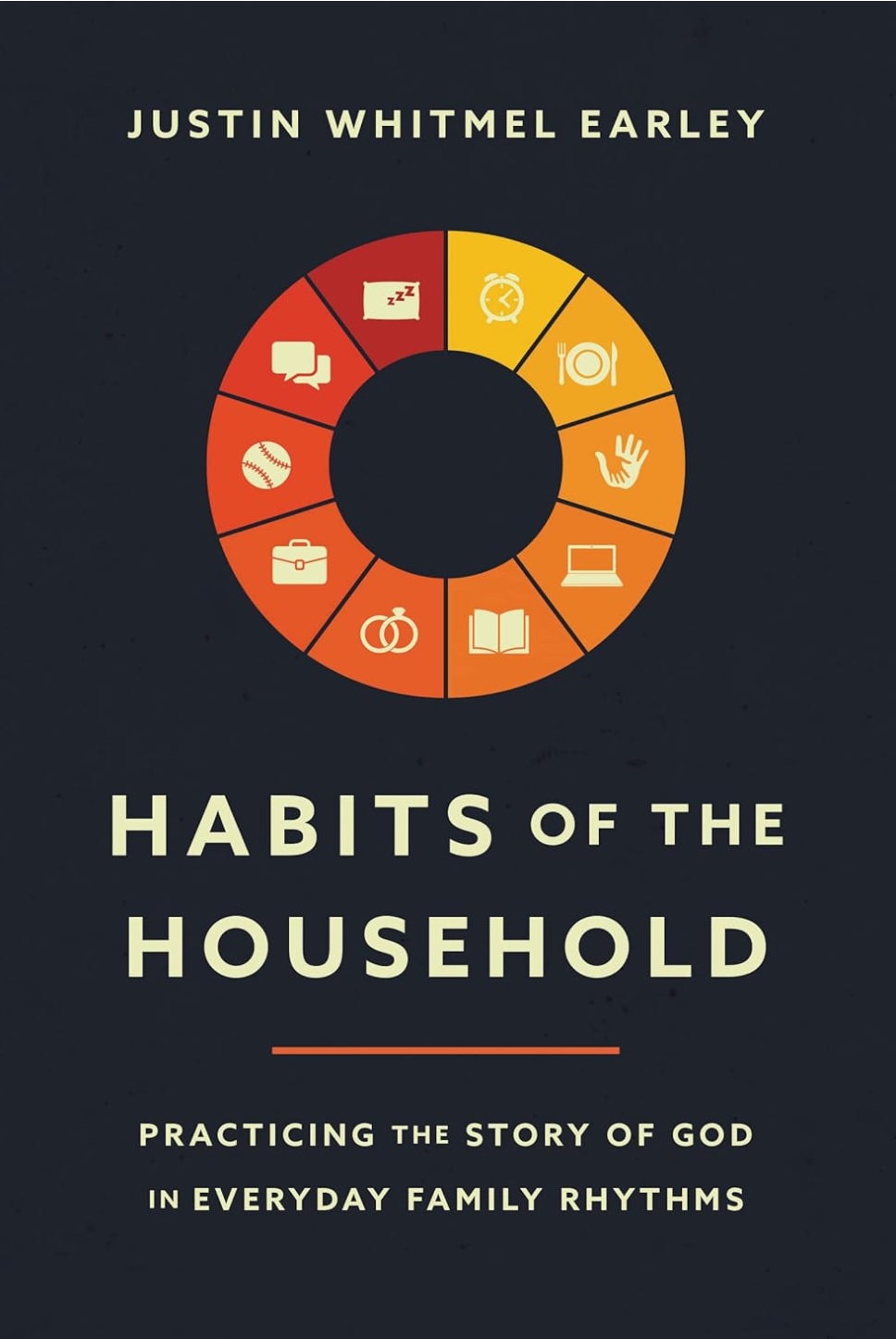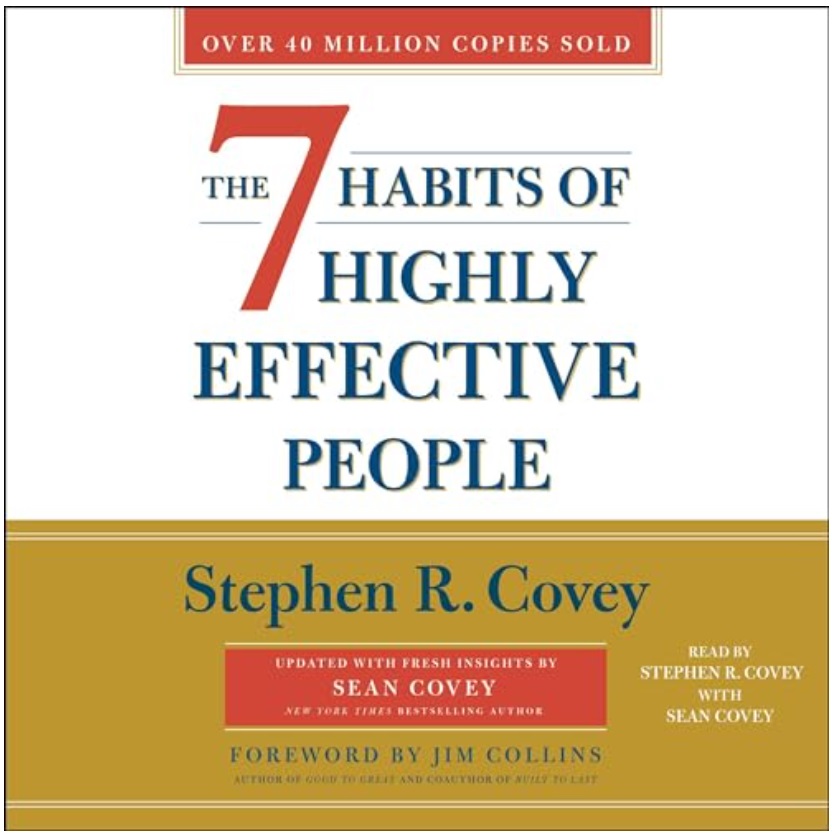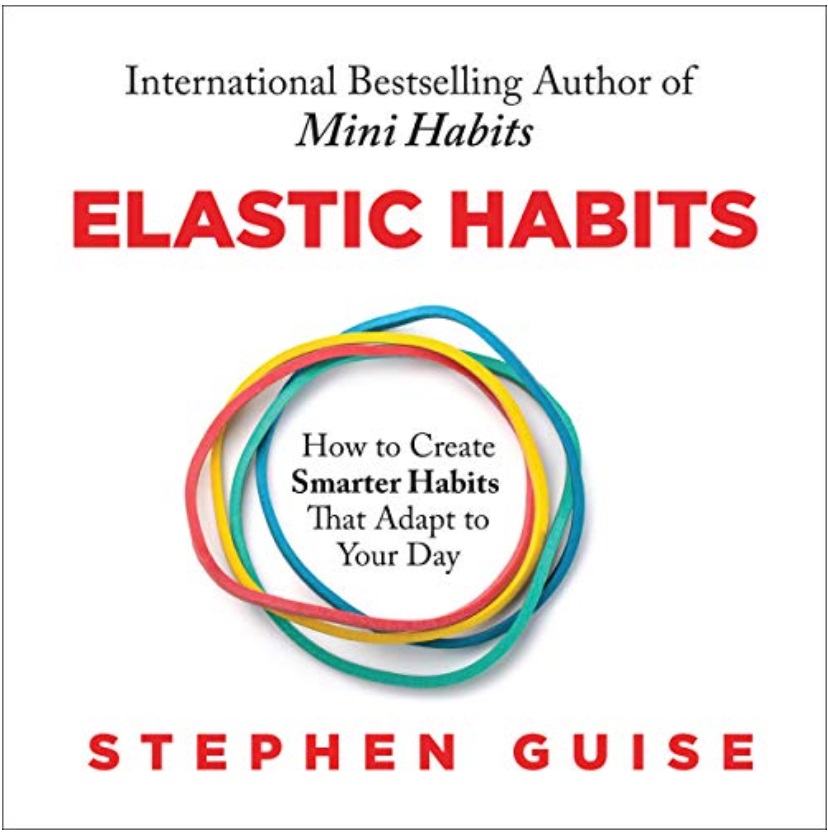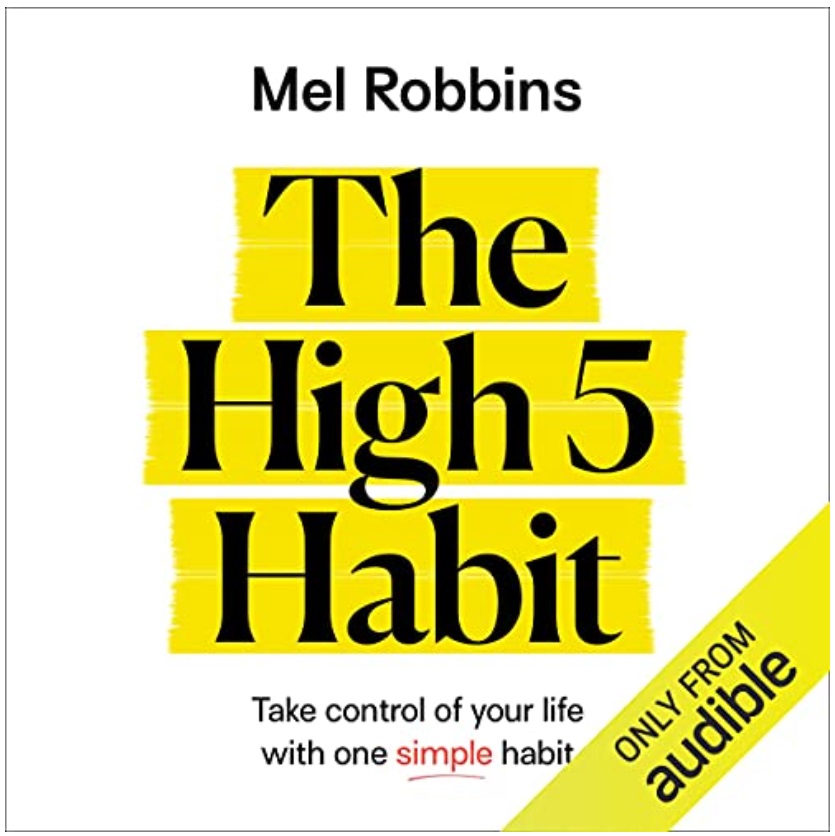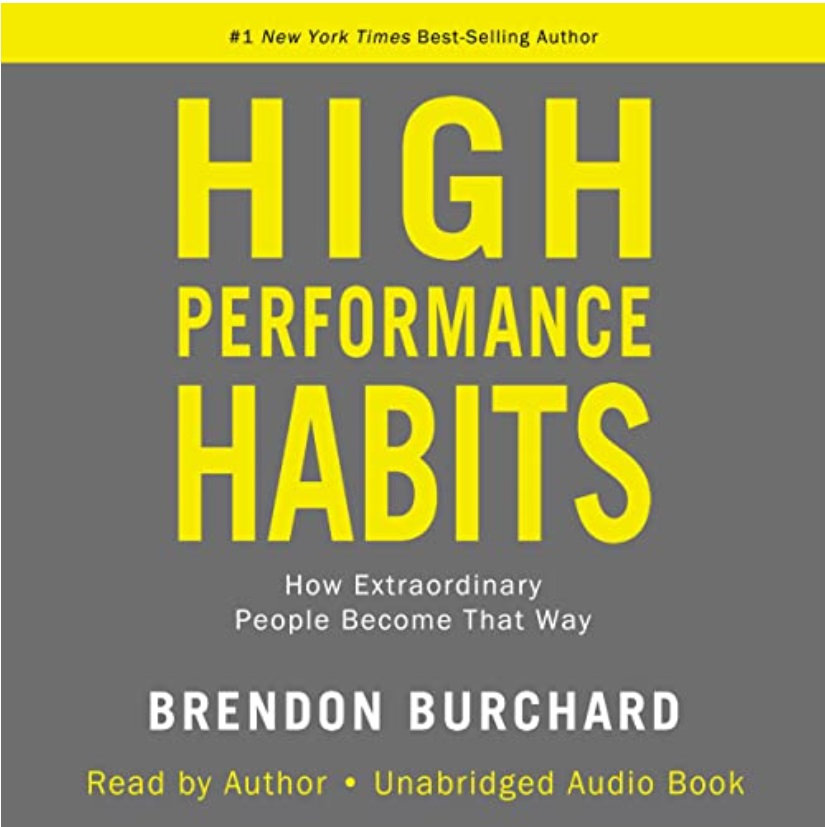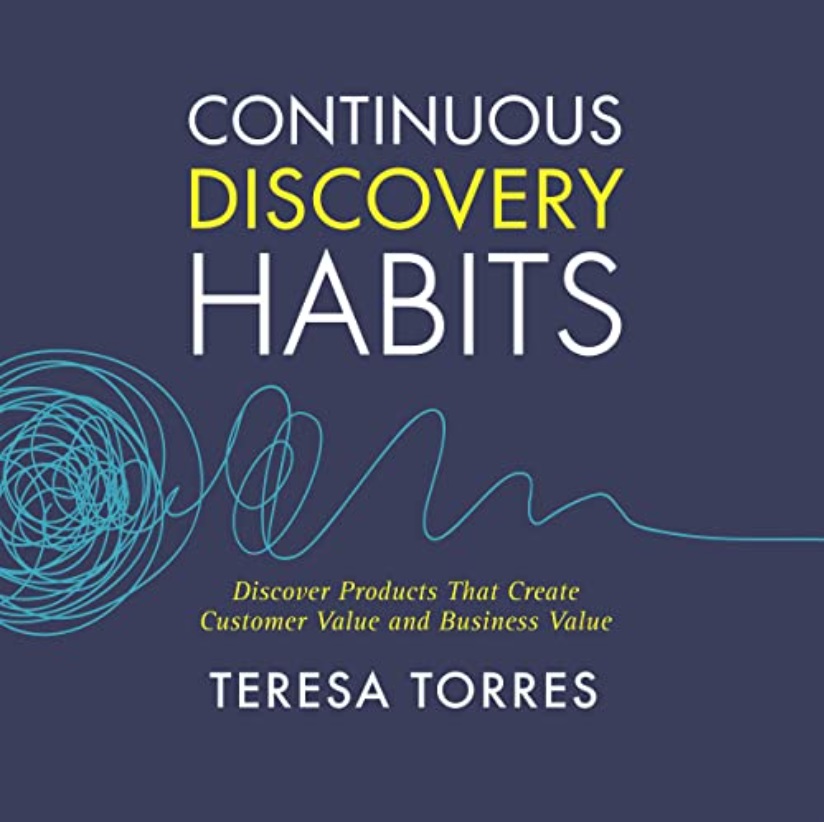- KEY POINTS
- Identify and overcome spending triggers to break emotional and impulsive spending habits for better financial health.
- Implement practical budgeting strategies like audits, sinking funds, and mindful spending to regain control over finances.
- Build sustainable habits by setting financial goals, limiting credit card use, and celebrating milestones for long-term success.
Bad spending habits can quietly drain your finances, leaving you with little to show for your hard work. I’ve been there—wondering where all my money went at the end of the month and feeling stressed about debt piling up. Breaking those habits wasn’t easy, but it was transformative.
By adopting mindful strategies and actionable steps, I was able to regain control over my spending and align my financial behavior with my goals. In this post, I’ll share 17 proven ideas that helped me break bad spending habits and build a healthier financial future.
Table of Contents
Toggle1. Identify Your Spending Triggers
Bad spending habits often stem from emotional or situational triggers. I found that stress, boredom, and even celebration were common reasons I overspent. For instance, after a tough day at work, I’d justify buying something I didn’t need to “treat myself.”
To break this cycle, I began journaling my purchases, noting how I felt at the time. This helped me see the emotional patterns behind my spending and develop healthier ways to cope with those feelings.
Start tracking your spending habits to uncover patterns. You might be surprised at how often emotions influence your decisions.
Reflective Question: What emotions or situations trigger your spending?
Action Step: Keep a spending journal for one week and note your emotions during each purchase.
2. Conduct a Spending Audit
The first time I did a spending audit, it was eye-opening. I realized how much I was spending on non-essential items like takeout, unused subscriptions, and online shopping. A spending audit gives you a clear picture of where your money is going and helps you identify areas to cut back.
Review your bank and credit card statements for the past three months. Categorize each expense as essential or non-essential. You’ll likely find opportunities to reduce spending without making major sacrifices.
For more detailed budgeting tips, read 9 Common Sense Habits for Sticking to a Family Budget.
Reflective Question: Are your current expenses aligned with your financial goals?
Action Step: Highlight three non-essential expenses you can reduce or eliminate this month.
3. Create a Realistic Budget
A budget isn’t about restricting yourself; it’s about prioritizing what matters most. When I first started budgeting, I made the mistake of being overly strict, which led to frustration and failure. Now, I create realistic budgets that account for both necessities and occasional treats.
Use a budgeting method that works for you, whether it’s the 50/30/20 rule or a zero-based budget. Tools like Mint or YNAB can make this process easier by tracking your spending and suggesting adjustments.
Reflective Question: Does your current budget reflect your priorities and goals?
Action Step: Set aside time this week to create or revise your budget, ensuring it’s realistic and achievable.
4. Unsubscribe from Retail Emails
Retailers are experts at tempting you with sales, discounts, and limited-time offers. I used to receive daily promotional emails that often led to impulse purchases. Unsubscribing from these emails was a simple step that significantly reduced my unnecessary spending.
Out of sight, out of mind. By eliminating these distractions, you can focus on intentional spending rather than being swayed by marketing tactics.
Reflective Question: How often do promotional emails lead you to make purchases you regret?
Action Step: Spend 10 minutes unsubscribing from all retail emails today.
5. Implement a 24-Hour Rule
Impulse purchases were a major financial leak for me. To combat this, I started using a 24-hour rule: if I wanted something, I waited a full day before buying it. More often than not, the desire faded, and I realized I didn’t need the item after all.
This strategy helps you distinguish between wants and needs, saving you money and preventing buyer’s remorse.
Reflective Question: How often do you regret impulse purchases?
Action Step: Commit to waiting 24 hours before making any non-essential purchases.
6. Use Cash for Everyday Purchases
Credit cards can make it easy to overspend because you don’t feel the immediate impact. I switched to using cash for daily expenses like groceries and dining out. Having a set amount of cash on hand forced me to stick to my budget.
This approach makes you more mindful of your spending and eliminates the risk of accumulating credit card debt. For more credit management tips, check out Building Good Credit Habits for Financial Success.
Reflective Question: Would using cash help you stick to your budget?
Action Step: Withdraw a weekly cash allowance and challenge yourself to stick to it.
7. Cancel Unused Subscriptions
Subscription services can add up quickly, especially when you’re not using them. I once realized I was paying for multiple streaming services and gym memberships I rarely used. Canceling those saved me over $50 a month, which I redirected toward savings.
Review your subscriptions every few months to ensure they’re worth the cost. Apps like Truebill can help identify and cancel unused services.
Reflective Question: Are you paying for subscriptions you no longer use or need?
Action Step: Review your bank statement and cancel at least one subscription today.
8. Avoid Shopping When Emotional
Emotions like stress, boredom, or even happiness can lead to unnecessary spending. I used to shop online as a way to cheer myself up after a tough day, but those purchases rarely brought lasting happiness.
Instead, find non-spending ways to cope with emotions, like exercising, meditating, or spending time with loved ones. By addressing the root cause of emotional spending, you can break the habit for good.
Reflective Question: How do your emotions influence your spending?
Action Step: Write down three alternative activities to do instead of shopping when you’re emotional.
9. Set Spending Limits
Setting limits for specific spending categories has been a game-changer for me. For example, I allocate a fixed amount for dining out each month. Once I hit that limit, I avoid eating out until the next month.
This habit ensures that you don’t overspend in any one category and helps you stay within your budget. For additional tips, explore 7 Tips to Develop Good Saving Habits.
Reflective Question: Are there categories in your budget where you consistently overspend?
Action Step: Set monthly spending limits for two categories and track your progress.
10. Set Financial Goals
Setting clear financial goals provides direction and motivation to break bad spending habits. I found that when I saved without a specific purpose, it was easy to dip into my savings. Once I set goals—like building an emergency fund or saving for a vacation—I stayed disciplined and avoided unnecessary expenses.
Write down both short-term and long-term goals. For example, your short-term goal might be saving $500 for holiday gifts, while a long-term goal could be saving for a down payment on a house. Having these goals keeps you focused and gives you a reason to say no to unplanned purchases.
Reflective Question: What financial goals would motivate you to change your spending habits?
Action Step: Write down one short-term and one long-term financial goal and calculate how much you need to save each month to achieve them.
11. Practice Mindful Spending
Mindful spending means aligning your purchases with your values and financial goals. In the past, I’d buy items impulsively, only to feel regret later. Now, before making a purchase, I ask myself, “Does this align with my priorities?” or “Will this bring long-term value to my life?”
This practice helps you distinguish between what you truly need and what’s a fleeting desire. Over time, mindful spending becomes second nature, making it easier to stick to your budget and avoid wasteful purchases.
Reflective Question: Are your purchases aligned with your values and goals?
Action Step: Before your next purchase, pause and ask yourself if it aligns with your financial priorities.
12. Pay Yourself First
This habit changed my financial life. When I began paying myself first—by saving a portion of my income before covering other expenses—I prioritized my financial well-being. I set up an automatic transfer to my savings account every payday, making saving a non-negotiable part of my budget.
Even if you start small, like saving 5% of your income, this habit can help you build savings without feeling the pinch. Over time, you can increase the percentage as your finances improve. Read more about automating savings in Why Emergency Funds Matter and How to Start One.
Reflective Question: Are you saving consistently, or only when there’s extra money left over?
Action Step: Set up an automatic transfer to your savings account today, starting with a small, manageable amount.
13. Limit Credit Card Use
Credit cards are convenient, but they can lead to overspending if not used carefully. I used to rely on credit cards for daily purchases, only to be shocked by my statement at the end of the month. Now, I limit credit card use to planned expenses and pay off the balance in full each month.
By reducing your reliance on credit cards, you can avoid unnecessary debt and stay within your budget. For more advice on managing credit wisely, visit Building Good Credit Habits for Financial Success.
Reflective Question: Are credit cards helping or hurting your financial progress?
Action Step: Set a limit for how often you use your credit card and prioritize paying off the balance in full each month.
14. Create Sinking Funds
Sinking funds are savings accounts for specific expenses, such as vacations, holidays, or annual bills. I started using sinking funds to plan for irregular expenses, like car maintenance and holiday gifts. By saving a little each month, I avoided the financial strain of large, one-time expenses.
This habit helps you stay prepared and prevents you from relying on credit cards during high-expense months. Separate your sinking funds into individual accounts or track them in a spreadsheet for clarity.
Reflective Question: What upcoming expenses could you plan for with sinking funds?
Action Step: Start your first sinking fund for an upcoming expense by saving a small amount each week.
15. Avoid Shopping as Entertainment
Shopping used to be my go-to activity when I was bored or needed a pick-me-up. While it provided temporary excitement, it often left me with unnecessary items and financial regret. I replaced this habit with more fulfilling activities, like reading, hiking, or spending time with friends.
Find alternatives that bring you joy without costing money. Over time, you’ll break the association between shopping and happiness, leading to healthier financial habits.
Reflective Question: How often do you shop out of boredom or habit?
Action Step: Make a list of free or low-cost activities to do instead of shopping and try one the next time you feel the urge.
16. Review Your Financial Progress Regularly
Regularly reviewing your financial progress helps you stay on track and motivated. I dedicate time each month to review my budget, check my savings, and celebrate small wins. This practice not only keeps me accountable but also reminds me of how far I’ve come.
Use this time to adjust your budget or spending habits as needed. Small changes can make a big difference over time.
Reflective Question: When was the last time you reviewed your financial goals and progress?
Action Step: Schedule a monthly check-in to review your budget, savings, and spending habits.
17. Celebrate Milestones
Breaking bad spending habits takes effort, so it’s important to celebrate your progress along the way. When I paid off a credit card or reached a savings goal, I’d reward myself with something meaningful, like a dinner out or a new book. These rewards kept me motivated to stick to my habits.
Choose rewards that align with your financial goals, so you don’t undo your progress. For example, instead of splurging on a shopping spree, treat yourself to an experience or a small, planned purchase.
Reflective Question: How can you reward yourself without jeopardizing your financial progress?
Action Step: Set a small reward for your next financial milestone and work toward achieving it.
Conclusion
Breaking bad spending habits isn’t about perfection—it’s about progress. By implementing these 17 strategies, you can regain control of your finances, reduce stress, and build a future you’re excited about. Start small, stay consistent, and remember that every positive change brings you closer to your financial goals.
For more practical advice, check out related posts like Habits You Should Adopt to Stop Getting into Bad Debt and 7 Tips to Develop Good Saving Habits.
You’ve got this—your financial wellness journey starts now!
References
Blog Post References
- 9 Common Sense Habits for Sticking to a Family Budget
- 7 Tips to Develop Good Saving Habits
- Habits You Should Adopt to Stop Getting into Bad Debt
- Debt-Free Living: Good Habits for Paying Off Loans
- Good Habits to Build Credit and Why It Matters
- Building Good Credit Habits for Financial Success
- 21 Tips for Developing Smart Financial Habits
- Why Emergency Funds Matter and How to Start One
- The Ultimate Guide to Financial Wellness

